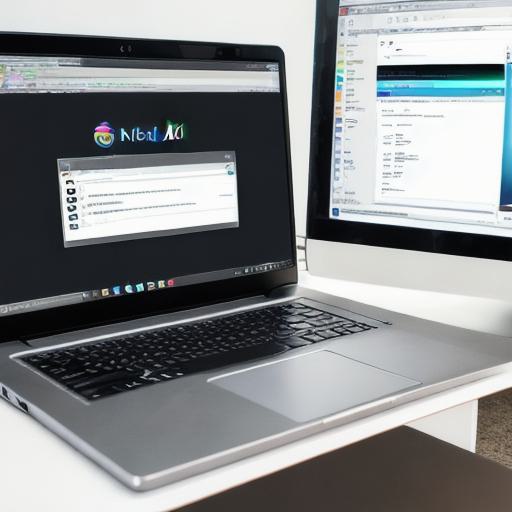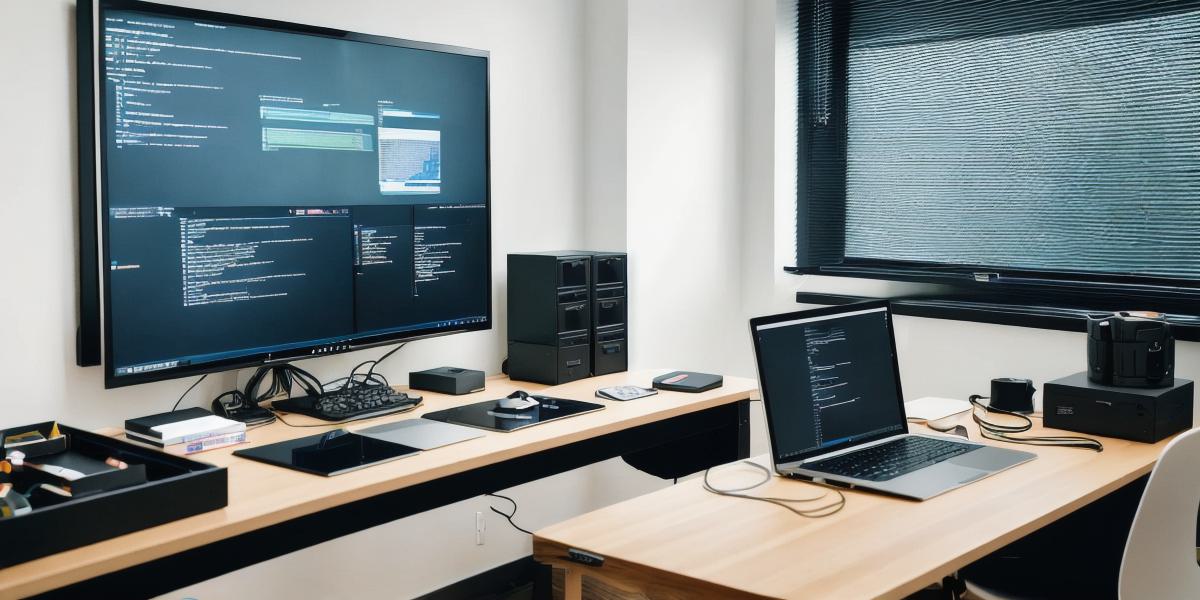**Introduction:**
Kickstart your mobile game development journey with Java!
In this comprehensive guide, we’ll walk you through the essential steps to create an engaging and immersive mobile game using Java.
**Step 1: Setting Up Your Development Environment**
Install JDK (Java Development Kit)

Choose an IDE (Integrated Development Environment) like Eclipse or IntelliJ IDEA
Set up your preferred game engine or library, such as LibGDX or AndEngine
**Step 2: Designing the Game Architecture**
Plan game mechanics and user interactions
Define classes and interfaces
Create a modular design for code organization
Use patterns like Model-View-Controller (MVC) to structure your game
**Step 3: Developing the Game Logic**
Implement game physics and collision detection using Java libraries
Add user input handling and game states management
Design custom classes for game entities, such as players, enemies, power-ups, and collectibles
**Step 4: Creating the User Interface**
Use XML layout files or Swing components to design menus, buttons, and text fields
Implement touch events to handle user inputs on mobile devices
Design graphics using tools like Adobe Illustrator, Photoshop, or Android Studio’s draw.xml file

**Step 5: Adding Sound and Music**
Use Java libraries such as JavaFX MediaView for audio files playback
Implement sound effects for interactions, power-ups, and game events
**Step 6: Optimizing Your Game**
Minimize the use of heavy graphics and animations
Profile your code to improve performance and reduce memory usage
Test your game on various devices to ensure compatibility
**Step 7: Preparing for Distribution**
Build your game using Gradle or Maven
Create an APK (Android Application Package) file or a .ipa (iOS app file)
Upload your game to Google Play Store, Apple App Store, or other platforms of your choice
**Step 8: Marketing and Monetization Strategies**
Develop a marketing plan for user acquisition and retention
Choose the right monetization model for your game (freemium, pay-to-play, in-app purchases)
**Conclusion:**
Congratulations on developing your mobile game using Java!
By following this comprehensive guide, you’ve gained valuable insights into various aspects of game development and implemented them to create an engaging experience. Remember that continuous learning and iteration are crucial for improving your skills and staying updated with the latest trends in the field.
